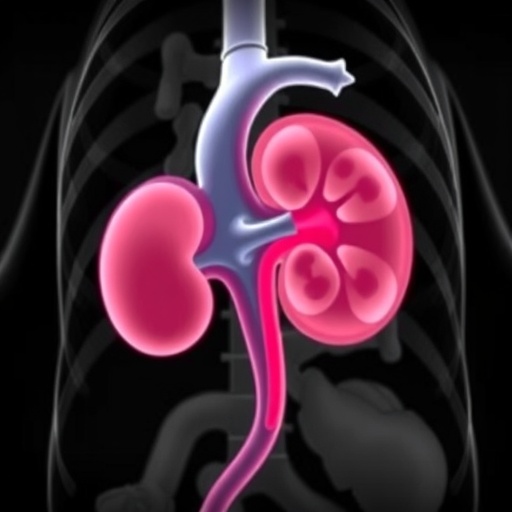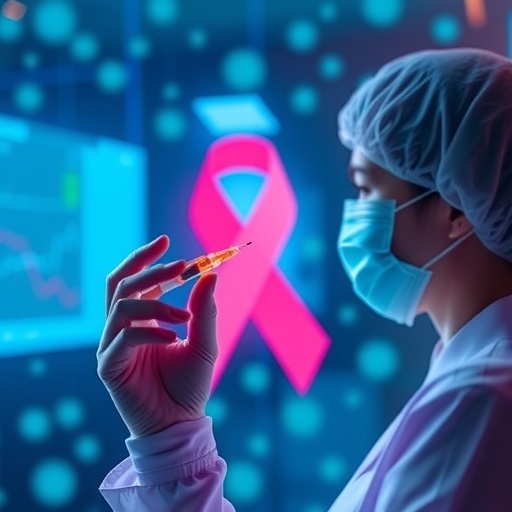Dispensing buprenorphine and naltrexone to adolescents and young adults with opioid use disorder has increased over time, although the medications appear to still be underutilized in young people and disparities exist with female, non-Hispanic black and Hispanic youth less likely to receive them, according to a new study published by JAMA Pediatrics.
Risk for opioid use disorder frequently begins in adolescence and young adulthood but early intervention can prevent premature death and lifelong harm.
Buprenorphine and naltrexone can prevent relapse and overdose. Understanding which young people are getting medication, which medications (buprenorphine or naltrexone) they are getting, and how dispensing varies by sociodemographic characteristics is important to expand addiction treatment services.
Scott E. Hadland, M.D., M.P.H., M.S., of Boston University School of Medicine and Boston Medical Center, and coauthors used deidentified data from a national commercial insurance database to measure dispensing of buprenorphine or naltrexone within six months of first receiving a diagnosis of opioid use disorder. Health insurance claims for 9.7 million young people (ages 13 to 25) were analyzed to identify those who received an opioid use disorder from 2001 through June 2014.
Researchers identified 20,822 young people with opioid use disorder (0.2 percent of the 9.7 million sample) with an average age at diagnosis of 21. The rate of diagnosis of opioid use disorder increased nearly six-fold from 2001 to 2014. Overall, 5,580 (26.8 percent) young people were dispensed a medication within six months of diagnosis, with 89 percent receiving buprenorphine and about 11 percent receiving naltrexone, according to the results.
The receipt of medication increased more than 10-fold from 3 percent in 2002 (when buprenorphine was introduced) to almost 32 percent in 2009 but declined to 27.5 percent in 2014, amid escalating opioid use disorder diagnosis rates, the study reports. Additionally, younger people, females, and non-Hispanic black and Hispanic youth were less likely to receive medications.
The study acknowledges several limitations, including that researchers were unable to assess the severity of individuals' addiction and that the study included only commercially insured young people so generalizability of the results to other populations without private health insurance is unclear.
"In the face of a worsening opioid crisis in the United States, strategies to expand the use of pharmacotherapy for adolescents and young adults are greatly needed, and special care is warranted to ensure equitable access for all affected youth to avoid exacerbating health disparities," the article concludes.
###
For more details and to read the full articles, please visit the For The Media website.
(doi:10.1001/jamapediatrics.2017.0745)
Editor's Note: The article contains funding/support disclosures. Please see the articles for additional information, including other authors, author contributions and affiliations, financial disclosures, funding and support, etc.
Related Material: The editorial, "Closing the Medication-Assisted Treatment Gap for Youth with Opioid Use Disorder," by Brendan Saloner, Ph.D., of the Johns Hopkins Bloomberg School of Public Health, Baltimore, also is available on the For The Media website.
Related Audio Material: An author audio interview is available for preview on the For The Media website. The podcast will be live when the embargo lifts here: http://sites.jamanetwork.com/audio/
To place an electronic embedded link in your story: Links will be live at the embargo time: http://jamanetwork.com/journals/jamapediatrics/fullarticle/10.1001/jamapediatrics.2017.0745
Media Contact
Elissa Snook
[email protected]
@JAMA_current
http://www.jamamedia.org
############
Story Source: Materials provided by Scienmag





